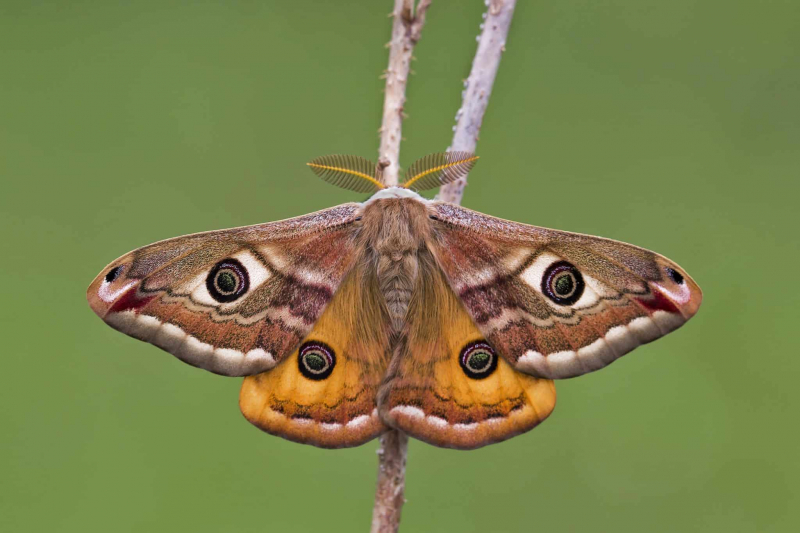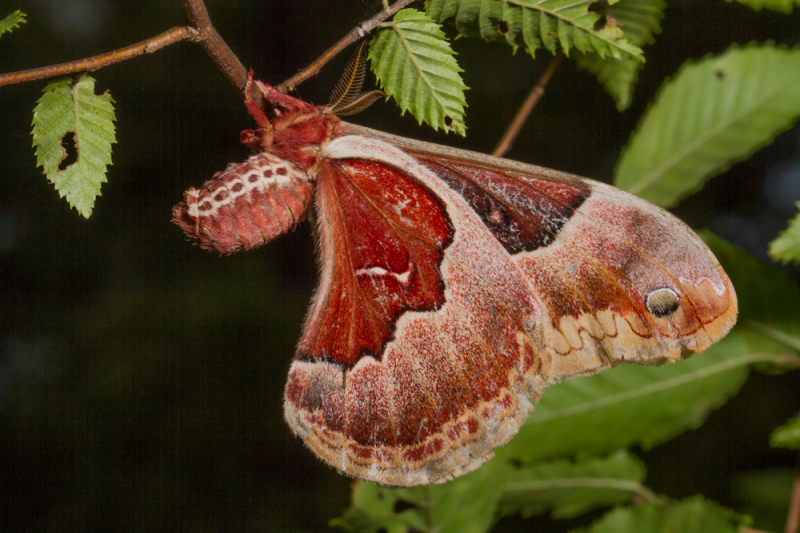Stealth Moths Prevent Bat’s Echolocation
In many places of the world, the night skies spring to life as soon as the sun sets. Both bats and moths emerge, and since bats are typically faster and ravenous for tasty moth meat, moths must stay vigilant. Moths do, however, have a highly odd kind of camouflage as a form of defense against these flying mammals.
Many moths that use visual camouflage are visible to humans. They may have the appearance of bark or leaves before disappearing. However, this is meaningless if a bat is actively hunting one. When hunting at night, bats rely more on echolocation than sight. Despite having good eyesight, echolocation is more effective at night, as you might expect.
Some moths have evolved echolocation camouflage to fend off the threat of bats and their expert hunting abilities. Moths have a type of acoustic camouflage on their wings that allows them to absorb sound, preventing the signal from returning to the bat to identify where the moth is. These powdery scales. Simply said, they become audibly invisible as a result, perhaps making echolocation useless.












